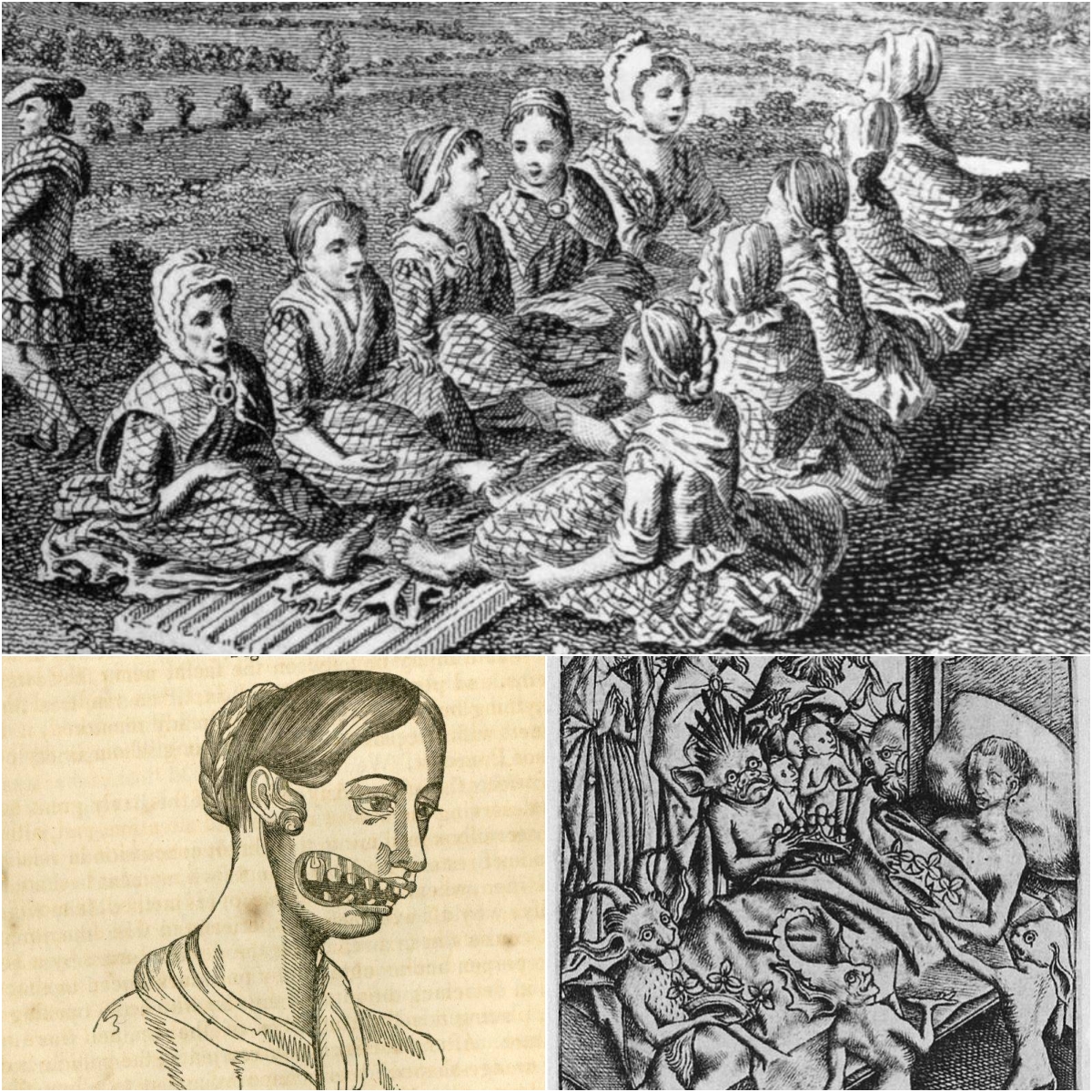If you’ve ever felt like your workday was long, exhausting, or uninspiring, consider what people had to endure centuries ago. Across history, individuals took on jobs so unusual, unpleasant, or dangerous that they make even the toughest modern office complaints seem small. From attending to the most private needs of kings to collecting unusual materials for industry, these occupations reveal the extraordinary lengths people went to in order to survive. They also show how different societies valued labor, how superstition shaped work, and how social hierarchies often dictated roles that today feel unimaginable.
Below are ten of the strangest careers ever recorded, jobs that blended hardship, humiliation, and sometimes surprising prestige. While many are long gone, their legacy continues to fascinate history enthusiasts and remind us of how far the modern workplace has come.
Groom of the Stool: A Royal Confidant in a Humbling Role

In Tudor England, one of the most paradoxical jobs was the Groom of the Stool. Despite sounding unappealing, it was a position of both intimacy and influence. The groom’s duty was to assist the monarch during private bathroom moments, ensuring cleanliness and comfort. Carrying water, towels, and even a portable commode, the groom was always nearby when “nature called.”
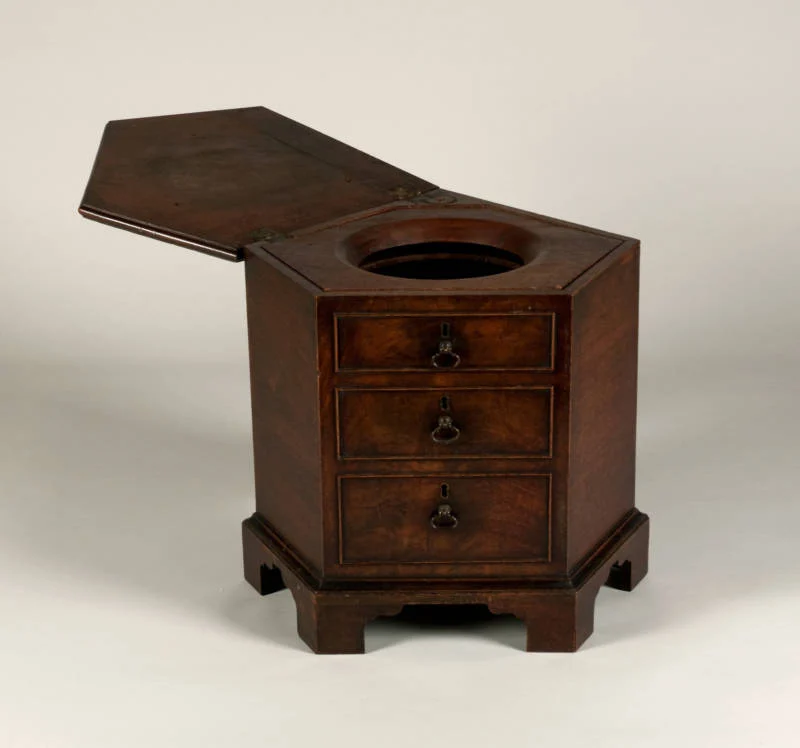
What made the role remarkable was not just the work itself but the proximity to power. Because kings were at their most unguarded in these moments, grooms often became trusted confidants, hearing secrets and even advising on politics. Henry VIII knighted his grooms and rewarded them with land, elevating a role that outsiders might have considered humiliating.
By the reign of Elizabeth I, the position faded, replaced by the ladies of the bedchamber. Still, the Groom of the Stool remains one of history’s most curious jobs—an odd combination of personal service and political influence.
Powder Monkey: Childhood in the Crossfire
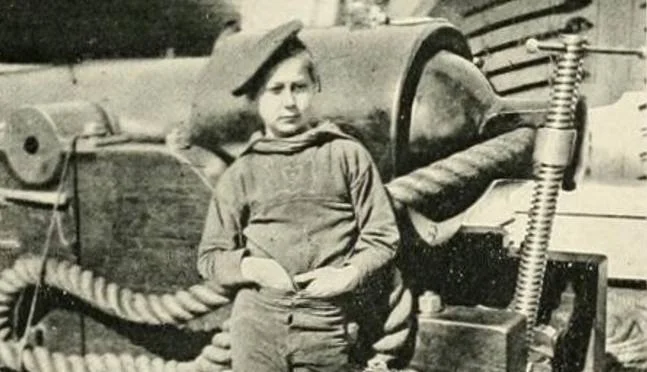
During the age of naval warfare, young boys served as Powder Monkeys on warships. Usually between 9 and 14 years old, they carried gunpowder from storage rooms deep within the ship to the cannons above. Small and quick, they could dart through cramped passageways, but this agility came at an immense risk.
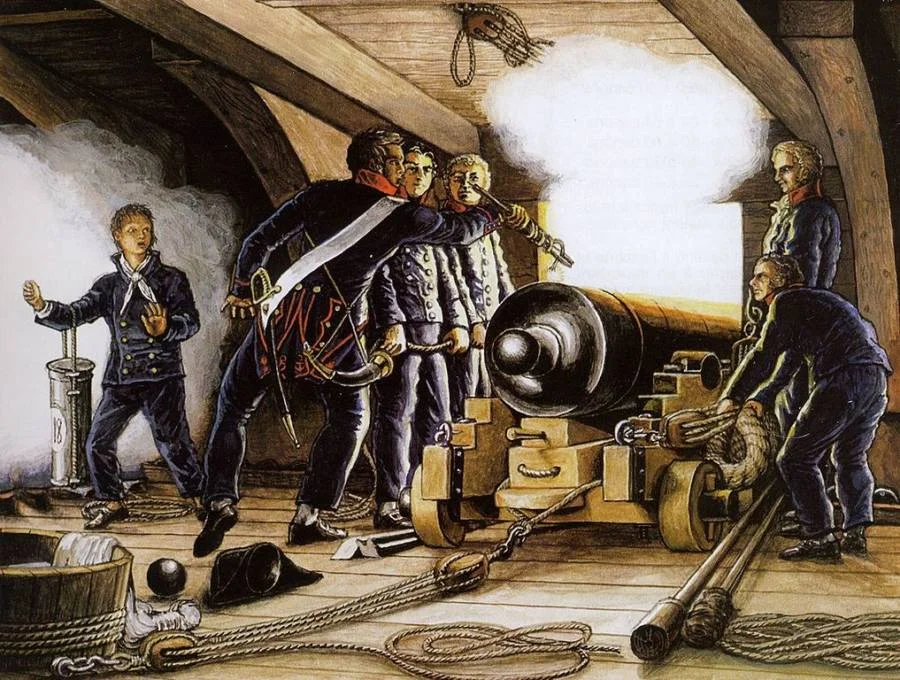
The work placed children in the middle of battle, running with explosives while enemy fire rained down. Many were pressed into service against their will, leaving them with no choice but to endure the chaos. Accounts from the American Civil War and Napoleonic conflicts describe boys darting between cannon crews while sharpshooters deliberately aimed for them to disrupt firepower.
Today, the very idea of children in such roles feels unimaginable, but Powder Monkeys highlight a stark reality of past societies: efficiency and warfare often outweighed concern for youth or safety.
Court Dwarf: Privilege and Objectification

Throughout history—from Ancient Egypt to Renaissance Europe—royal courts employed individuals of short stature as entertainers or companions. Known as Court Dwarfs, they were positioned close to rulers, both as a source of amusement and as symbols of power.
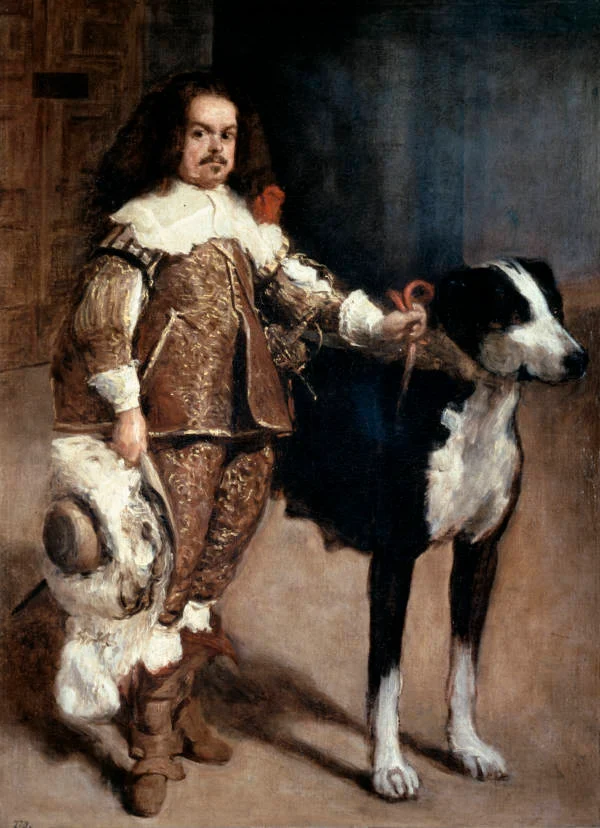
Some achieved prominence, like Jeffrey Hudson, who served Queen Henrietta Maria of England and even fought in the English Civil War. Others were immortalized in art; Spanish painter Diego Velázquez famously depicted dwarfs alongside King Philip IV’s family, not as caricatures but as dignified subjects.
Yet behind the prestige was exploitation. Court Dwarfs were often treated as curiosities, their physical difference exaggerated for entertainment. The role faded by the 18th century, as societies slowly began to reconsider dignity and human rights, but the legacy remains a reminder of how power once commodified human differences.
Whipping Boy: Punishment by Proxy
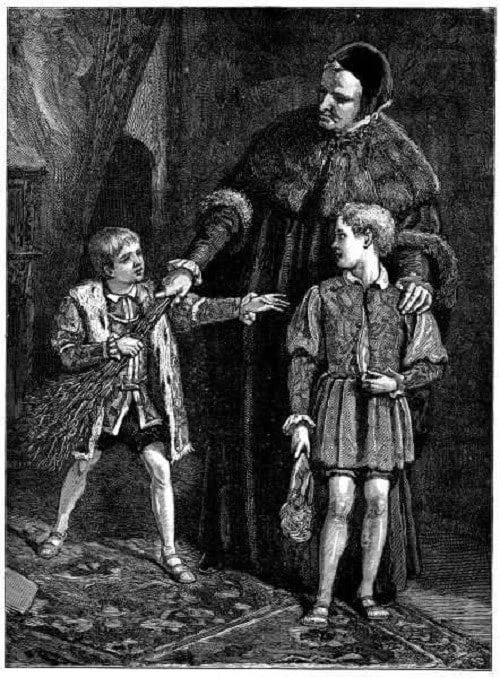
The Whipping Boy is one of history’s more debated roles, but the concept is striking. In royal households, it was believed that princes could not be punished directly, as their authority came from divine right. Instead, another child—the whipping boy—would receive the punishment whenever the young royal misbehaved.
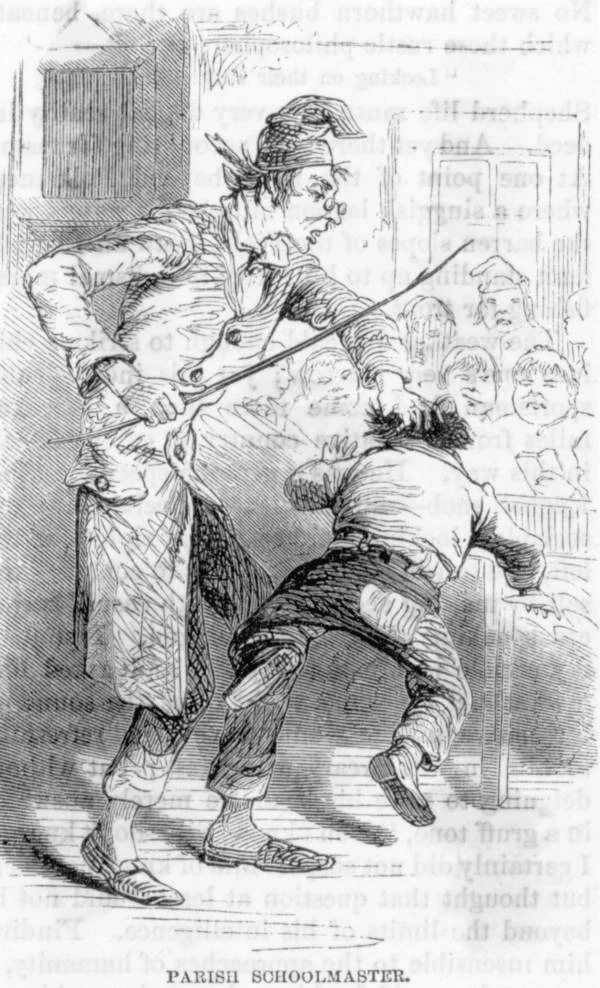
This strange arrangement was designed to make the prince feel guilt and change his behavior, since harming a friend could be more effective than punishment alone. While direct evidence is limited, the idea entered literature and legend, shaping our modern expression “scapegoat.”
Some whipping boys went on to achieve high status, rewarded once their royal companions became kings. The role, whether partly myth or fact, demonstrates the extraordinary hierarchies of past societies.
Sin Eater: A Spiritual Outsider
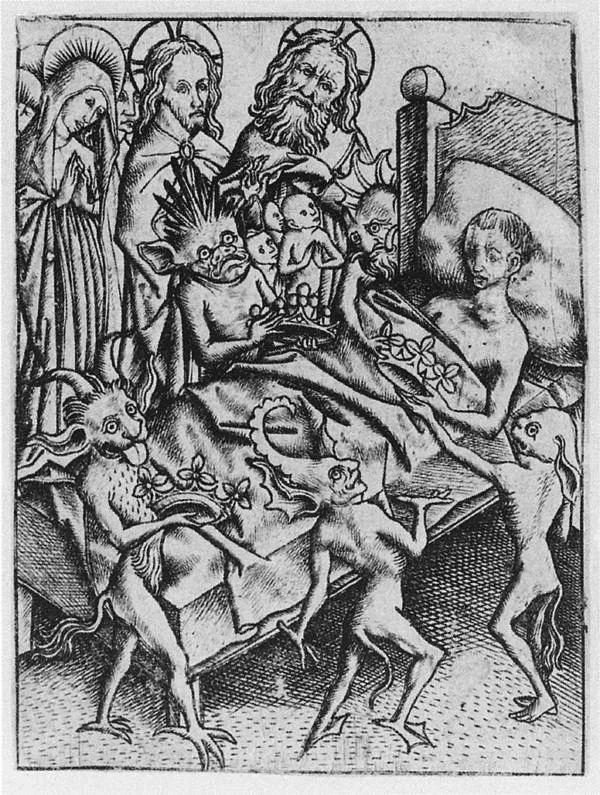 In rural England, Wales, and Scotland during the 18th and 19th centuries, Sin Eaters carried out a ritual believed to cleanse the souls of the dead. Bread and ale were placed on the body of the deceased, and the sin eater consumed them, symbolically taking on the person’s sins.
In rural England, Wales, and Scotland during the 18th and 19th centuries, Sin Eaters carried out a ritual believed to cleanse the souls of the dead. Bread and ale were placed on the body of the deceased, and the sin eater consumed them, symbolically taking on the person’s sins.
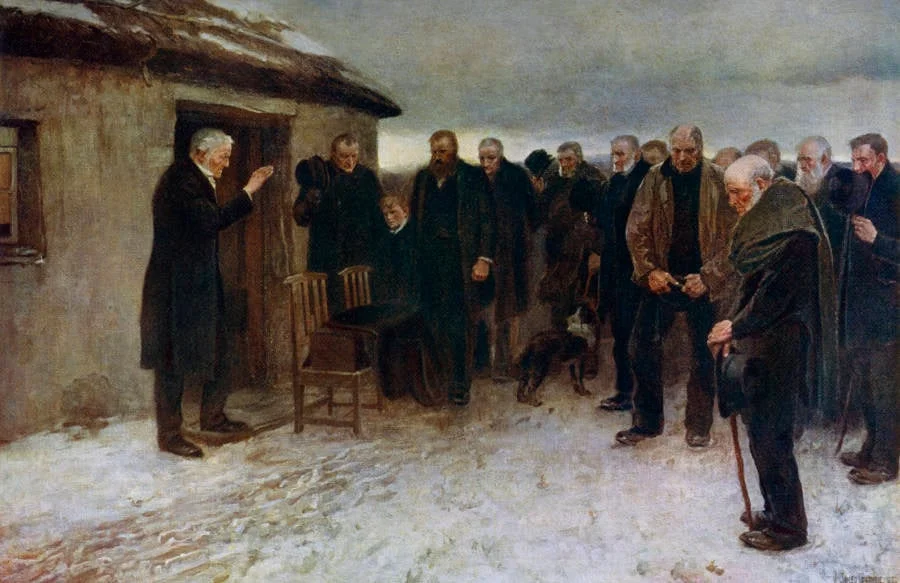
Although essential to communities steeped in superstition, sin eaters were shunned socially, considered tainted by the evil they absorbed. Many lived in isolation and poverty, performing a task others feared.
The practice faded as religious beliefs evolved, but its existence reveals how deeply people once intertwined food, ritual, and salvation. It also shows the human cost of superstition, where one person bore the spiritual burdens of an entire community.
Resurrectionist: Supplying the Surgeons
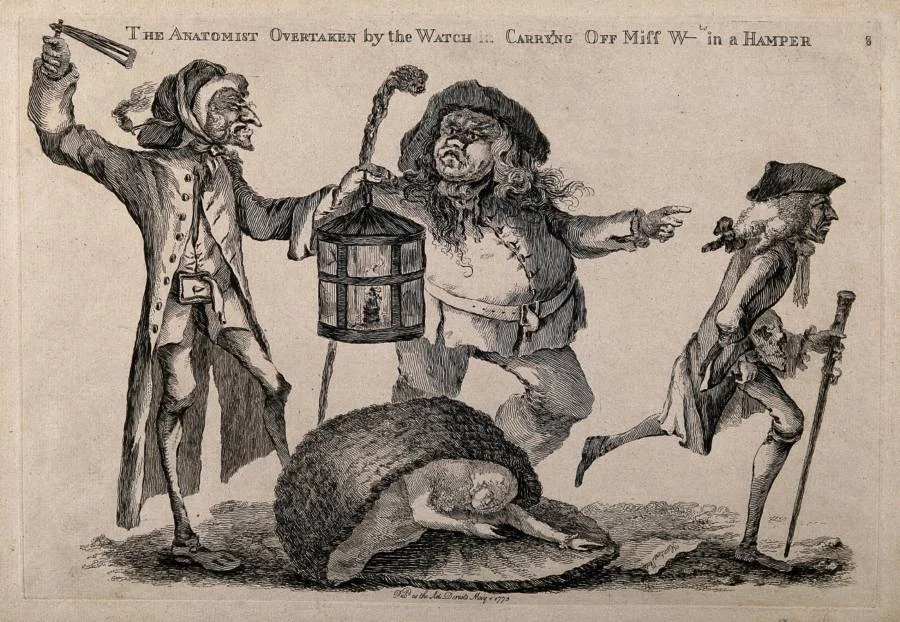
As medical schools expanded in the 18th and 19th centuries, the demand for cadavers far outstripped legal supply. Enter the Resurrectionists—also known as body snatchers—who dug up fresh graves and sold bodies to anatomy schools.

Though technically only a misdemeanor, grave robbing caused public outrage, as families feared their loved ones would be disturbed. Still, the trade thrived, driven by the progress of science. Without these illicit suppliers, doctors and students would have struggled to advance surgical knowledge.
Eventually, laws were reformed to allow legal donation of bodies, putting an end to the grim trade. Yet the Resurrectionists remind us of the uncomfortable balance between ethics and progress in medicine’s history.
Knocker Up: The Human Alarm Clock

Before alarm clocks were common, factory workers relied on Knocker Ups to wake them in time for their shifts. Armed with long sticks—or sometimes pea shooters—they tapped on windows until clients stirred awake.
This profession thrived during the Industrial Revolution in Britain, when punctuality was essential for factory life. Workers paid small weekly fees for the service, and some knockers became legendary in their communities. Mary Smith of London, for example, was known for using a pea shooter to hit windows several stories high.
The job persisted into the 20th century in some towns before affordable alarm clocks made it obsolete. Still, the Knocker Up remains one of history’s most charming reminders of human ingenuity in the face of technological gaps.
Pure Finder: Collecting for the Tanneries
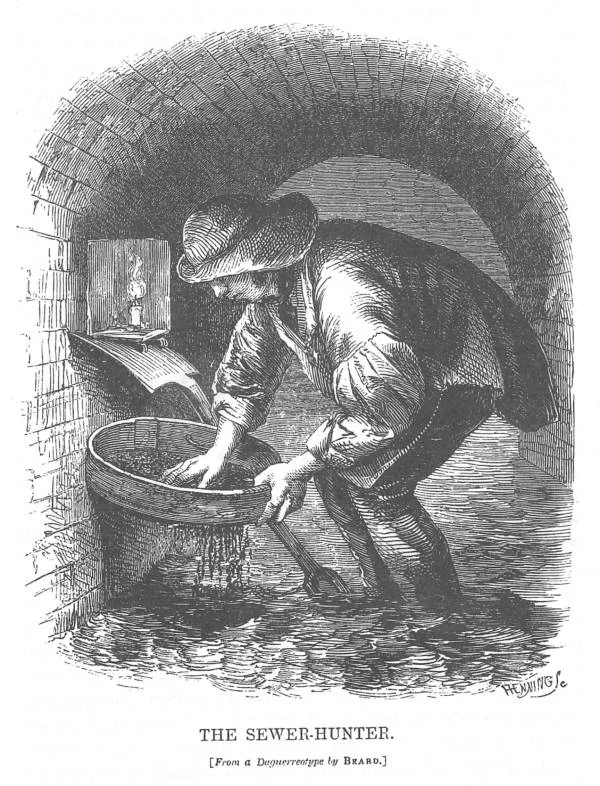
In Victorian England, Pure Finders made their living by collecting dog waste—known as “pure”—from city streets. Tanneries used the material in leather-making, as the ammonia helped soften hides.
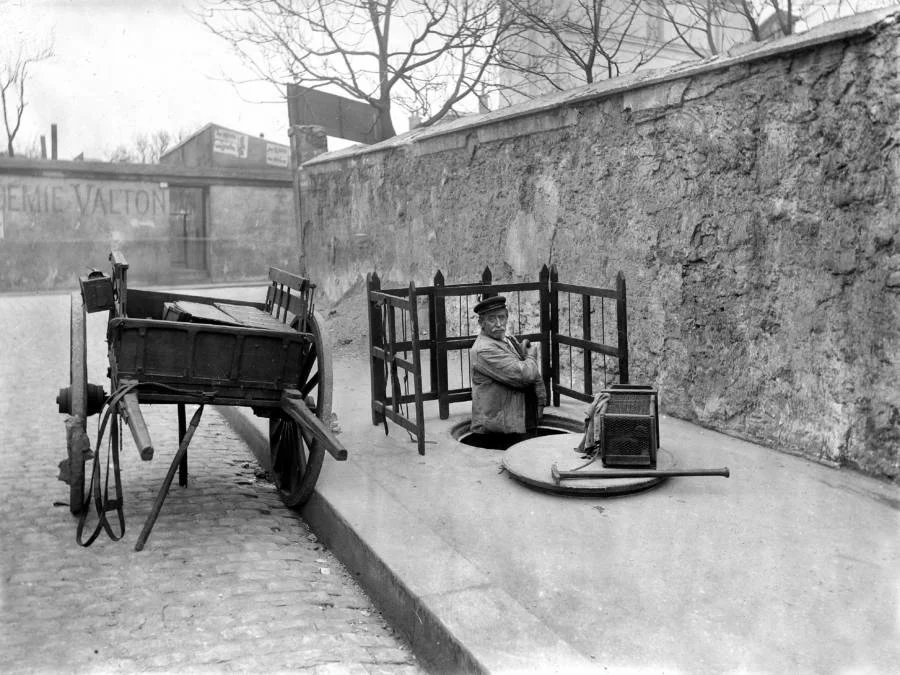
Though unpleasant, the trade was initially lucrative, with buyers willing to pay good money for every bucket collected. Over time, however, competition and new chemical processes reduced demand, leaving many pure finders destitute.
It may sound distasteful today, but the role highlights how entire industries once relied on resources that most people would ignore. In its own way, it was recycling before the concept was fashionable.
Wool Fuller: Stomping for Textiles
Medieval England’s booming wool trade required workers known as Fullers. Their job was to cleanse and soften wool by stomping it in vats of stale urine. The ammonia in the liquid acted as a natural cleanser, brightening and strengthening the fibers for export.

Fullers often spent long hours ankle-deep in the unpleasant mixture, but their work was vital to the economy, especially as English wool was in high demand across Europe. Towns like Flanders depended on the trade, and fullers played an unseen but crucial role.
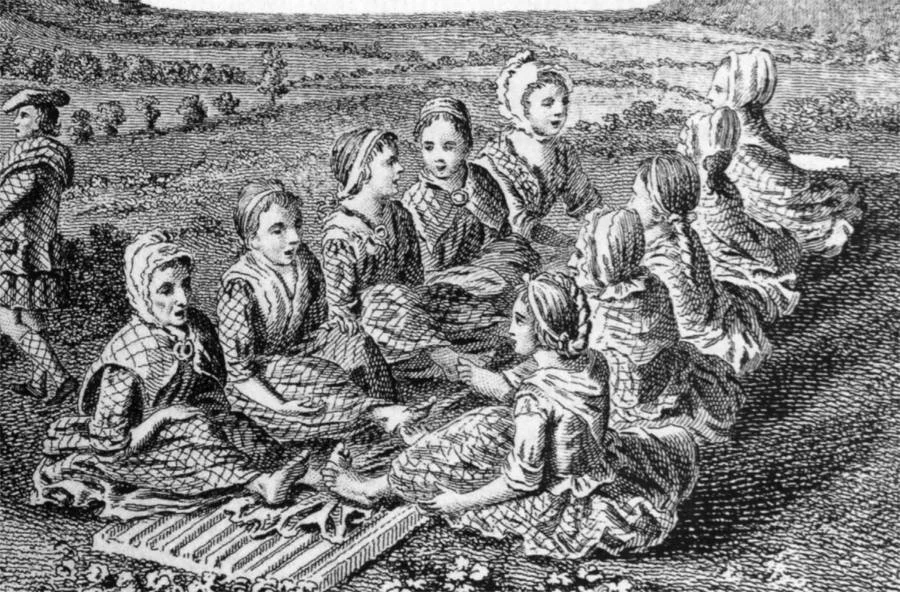
Chemical advancements eventually replaced the method, sparing future generations the discomfort. Still, the Wool Fuller stands as an example of the lengths workers once went to fuel commerce.
Matchstick Maker: A Hazardous Trade

In the 19th century, women and children often worked long shifts dipping wood into white phosphorus to create matchsticks. The role exposed them to a severe health risk known as “phossy jaw,” a condition that deteriorated the jawbone and sometimes spread to the skull.
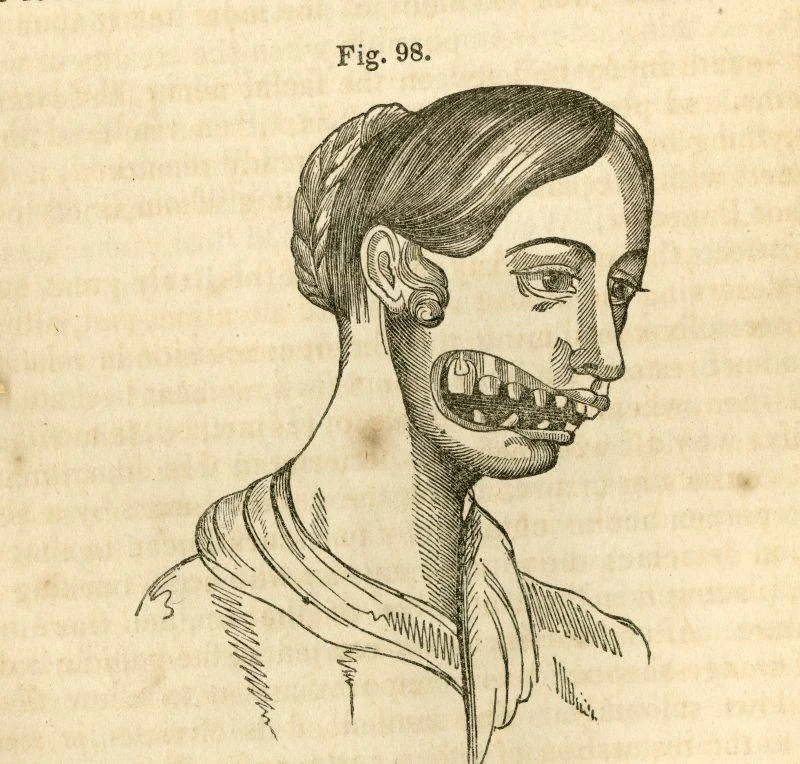
Workers endured long hours in poorly ventilated factories, with symptoms that included pain, swelling, and disfigurement. Public outrage grew after cases became widespread, and in 1888, a strike of 1,400 London match workers brought attention to their plight.
The campaign led to reforms and eventually the banning of white phosphorus matches, replaced by safer alternatives. Today, the Matchstick Makers’ struggle is remembered as a landmark in labor rights and workplace safety.
Conclusion: Humanity’s Hardest Jobs
From the privileged yet humbling Groom of the Stool to the hazardous life of the Matchstick Maker, these ten professions illustrate how survival once meant enduring unimaginable tasks. Some offered access to power, others provided a bare living, and many carried risks we would never tolerate today.
Yet all of them tell us something about the societies that created them—about hierarchy, superstition, innovation, and resilience. They also highlight how far we’ve come in valuing dignity, safety, and human rights at work.
As modern workers, we may still face stress and pressure, but these historical roles remind us that the past was often far harsher. The next time you grumble about emails or meetings, spare a thought for those who once stomped wool in urine or carried explosives under fire. History’s strangest jobs may be gone, but their stories remain unforgettable.
